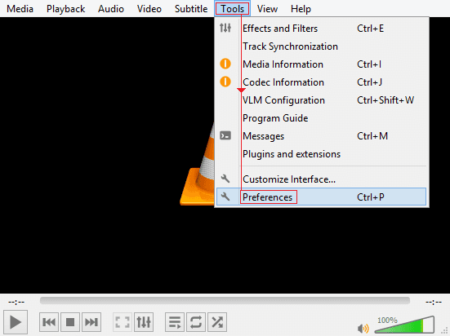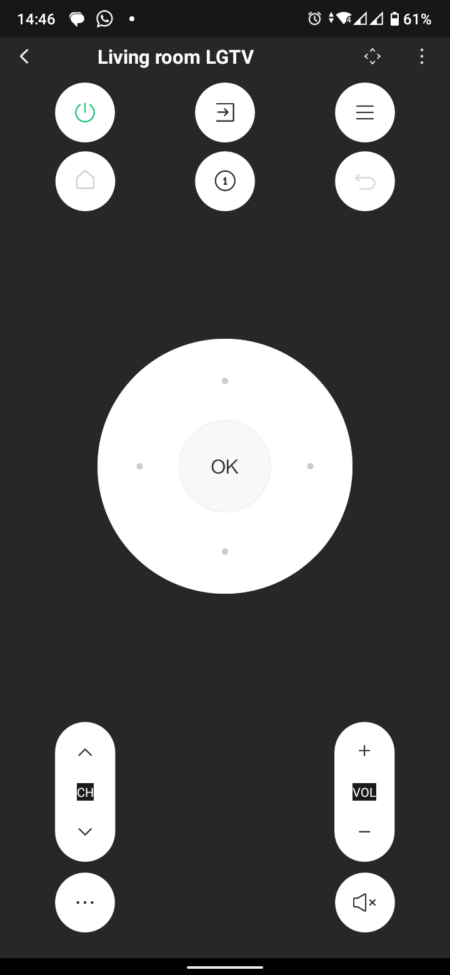In terms of performance and computing power, smartphones have come a long way since their introduction. With the growing number of users relying more and more on their devices for their daily lives and work, the demand for higher computing power has also increased dramatically.
Most flagship Android devices today are equipped with 8-core processors and plenty of RAM. Despite the impressive performance of these smartphones, you’ve probably come across an additional high-performance mode that supposedly helps improve the device even more.
Below, we’ll take a closer look at this feature and try to find out if the phone actually runs faster in high-performance mode.
What is the essence of the feature?
Although not much is known in detail about how the high-performance mode of a smartphone actually works, some educated guesses can be made. First, it should boost the processor’s performance, both centrally and graphically, to the highest possible level available on a given device.
Read also: How to improve speed & performance of your Android device
With the ability to install custom ROMs and root, multiple cores will eventually overclock your phone’s processor and exploit its potential to the hilt. However, since some manufacturers offer this feature by default, it’s safe to assume that it won’t actually overclock your device, which would be risky.
What really helps improve performance are the mundane things like selecting high-performance cores and running the CPU at full power for short periods of time to avoid overheating. This mode also helps speed up gameplay by pausing other background tasks.
In fact, it doesn’t unlock any hidden features on your smartphone, but it can greatly improve the quality of the game if you do a lot of background tasks.
How do I turn on high performance mode?
At the time of writing, the high-performance mode can only be found on smartphones from a few companies. These include Samsung, OnePlus, Oppo, and Realme. However, access to this option may vary slightly depending on the device model. Most often, the switch is located in the battery settings.
For example, if you have a OnePlus smartphone with OxygenOS, go to “Settings,” click “Battery,” then “Advanced Settings” and press the switch for high performance mode. Since the ColorOS version of the operating system uses a similar code base, access to this option is similar on Oppo and Realme phones.
Does this mode really work?
It’s great that smartphone manufacturers are starting to give their consumers access to power user features, but does the high-performance mode really work as it should? We tested it in practice, observing the performance in benchmarks, the quality of games, and the device’s behavior in everyday use.
The tests were performed on a OnePlus 9RT smartphone. Since they were used on a daily basis, performance changes would be very noticeable. The device is equipped with a Snapdragon 888 processor and an Adreno 660 GPU, and the RAM is 12 GB. All these are features of a high-end smartphone.
Benchmark results
For a more technical and detailed review, tests were run in Geekbench 5 and AnTuTu benchmarks before and after enabling the high-performance mode.
Read also: How to install iOS 16 Beta on your iPhone
Although benchmarks are the easiest way to judge a smartphone’s performance, remember that their numbers are relative. Test results are usually influenced by many factors, which is why even phones with the same processor sometimes deliver different numbers.
We ran both benchmarks on the same smartphone with a high battery level, which allowed the device to cool down a bit between tests.
Geekbench 5 is a reliable testing tool that calculates the single-core and multi-core performance of your phone.
With high-performance mode enabled, the single-core score increased significantly, but this strangely resulted in a drop in the performance of the multi-core processor. This is quite natural, since all the power of your device is focused only on the current task, ignoring unnecessary background processes.
Benchmark AnTuTu evaluates various indicators, including the performance of the central and graphics processor, memory capacity, and much more. The test results are similar. The CPU score (central processing unit) remained the same, but the GPU score (graphics processing unit) increased significantly.
Gameplay Test
As interesting as the benchmark results are, they do not give the true picture. Most of them only stress the processor during their startup, but gaming sessions can last for hours.
We ran some of the most graphics-intensive games with and without High Performance mode enabled, but the results did not meet expectations. In both Call of Duty Mobile and Genshin Impact, smooth gameplay was only seen in the first 30 minutes, after which frames started to drop in the latter. In other words, the included high-performance mode didn’t help.
As we understand, the performance in games drops more due to the automatic throttling of the processor, which avoids overheating, and not due to insufficient power. The high-performance mode could improve the gaming experience on budget devices, but so far, only more expensive smartphones are equipped with this option.
Read also: How to display the Apple Watch screen on iPhone
Daily use
During everyday use of the smartphone, including browsing social networks, taking pictures, and sometimes working in multiple apps, the maximum performance mode does not show any obvious changes.
As mentioned above, flagship models can easily handle moderate to heavy use on their own. The feature was active all day, and the only thing we noticed was that the battery drained a bit faster.
After all the testing, it is safe to conclude that the high-performance mode is a redundant option on flagship devices considering how well these smartphones perform on their own. Yes, the benchmarks showed better results, but there was no improvement in everyday use or gaming. It would be great to test such a feature on lower-priced devices where it could be really useful, but manufacturers are not in a hurry to implement it yet.
Once you have chosen a device with suitable features, you can not focus on the high-performance mode. It’s just a new option, so the lack of it should not bother you.





